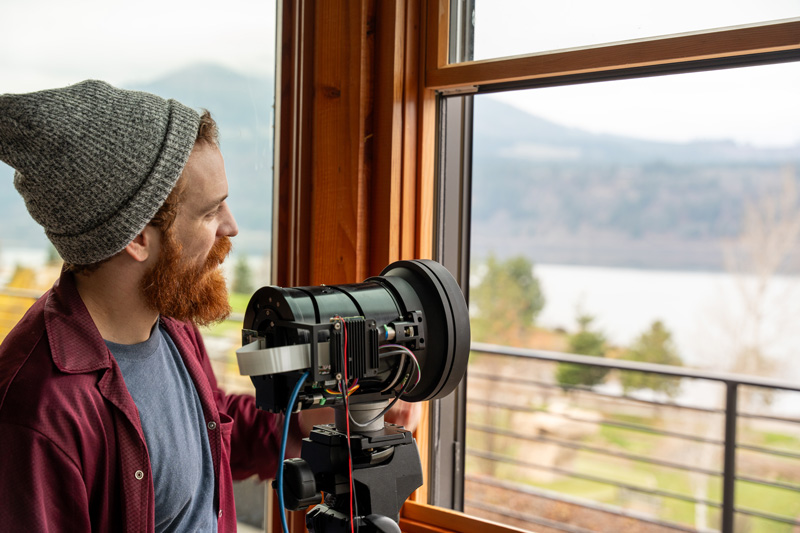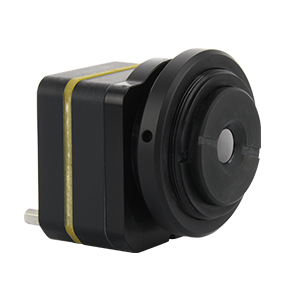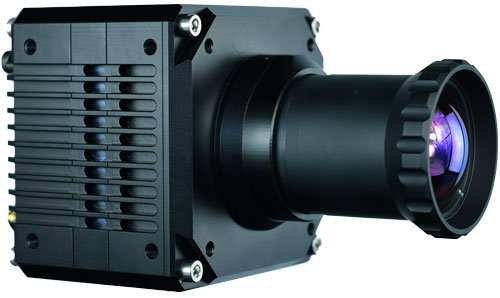Last modified on September 11th, 2024 at 8:34 am
When shopping for a thermal imager Sierra-Olympia offers a wide variety of systems
Even though the cost of owning a thermal camera has significantly reduced in the past two decades, it is still an investment for the right system. A good way to start is by developing a list of requirements for your project. This will help visualize any unforeseen obstacles and make you more prepared for the process. Take a look at the questions we often ask ourselves when picking a thermal system.
The Right Questions to Ask
- Is my camera going to be stationary or does it need to be mobile?
- What is the furthest distance I need to look?
- What are some specifics of what I am trying to detect like size, a living being, something mechanical?
- Do I need to pan, tilt, and zoom?
- Do I need HD quality or is low resolution adequate?
- Should I pair my camera with a visible camera?
- How will I control my cameras video?
Every customer has a different application that ranges in complication
Many of our cameras can attach to tripods and all of them can be integrated in large systems. We specialize in integrating our cameras into production lines and one time systems such as gimbals or drones. We can help with the intense planning that can be associated with that.

The surveillance industry uses the term detection, recognition, identification(DRI).The original model is based off The Johnson Criteria, which is the accepted method of predicting target detection. A version has since been updated by the U.S. Army and called NVThermIP. NATO also developed a criteria that they use. Essentially, these criteria define when something can be predictably detected through a mathematical equation. An accepted rule of thumb is, that if your system can put three pixels on the target, then detection is probable. It is possible to calculate all the conditions mathematically for every possibility.
Watch our two part video series on DRI where we take our cameras out of the lab into the real world.
Detection
The ability to distinguish an object from the background
- There’s something out there!
Recognition
The ability to classify an object.
- It’s a person / vehicle / animal / boat!
Identification
The ability to make out details on the object
- It’s a man with a broom / mid-size truck / horse / water taxi!
The easiest way to insure you are going to get a product that will meet your requirements is to work with an infrared imaging professional. A team like ours can apply your data to a calculation and match it with our company experience. It expedites selecting the right sensor, lens and building the best system for your application. A specific detector and optic combination will produce the best possible results. Below we have a sample set of data that would be used to calculate for your best optic.
Sample Scenario
The customer has the following requirements for a LWIR Microbolometer:
- The camera needs to be mounted on a pole, and connected to their network
- Fixed/Zoom: They want a fixed focal length camera, with a small SWAP
- DRI: The camera needs to detect humans at a minimum of 1.5km, but ideally over 2 km.
- FOV: The camera will be mounted on a pan-tilt system (increasing the field-of-regard) but they want the maximum FOV while still being able to meet the DRI requirements.
Let’s consider three different LWIR products. All three will meet the requirements of the customer, but the larger format sensors have larger FOVs, while the Vayu HD also has a longer detection range.
Option 1
Tenum 640 + 35mm lens:
- VGA format (640x512x10um)
- Human detection range: 1.9 km
- HFOV: 10 deg
- It is the cheapest and smallest of the 3 LWIR options

Option 2
Tenum 1280 + 35mm lens:
- The Tenum 1280 is like the Tenum 640, but with a larger format: (1280x1024x10um)
- Human detection range: 1.9 km
- HFOV: 20 deg
- It is the middle ground of the 3 LWIR options

Option 3
Vayu HD-I + 50mm lens:
- Full HD-I format (1920x1280x12um)
- Because of the larger format, it can achieve a larger FOV with a longer focal length lens.
- HFOV: 26 deg
- Human detection range: 2.5 km
- It is the largest, and most expensive of the 3 LWIR options.

